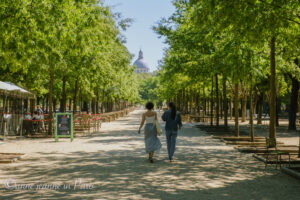WHO AM I ? my BIO
The Faubourg Saint-Antoine: a mix of old world remains and of new trends
My “Faubourg Saint Antoine key words” :
craftsmen, courtyards, cobblestones, old Paris, workers, furniture, cabinet makers, workshops, marquetry, hidden passages, artists, working class area, designers, 19th century, craft industry, Bastille,
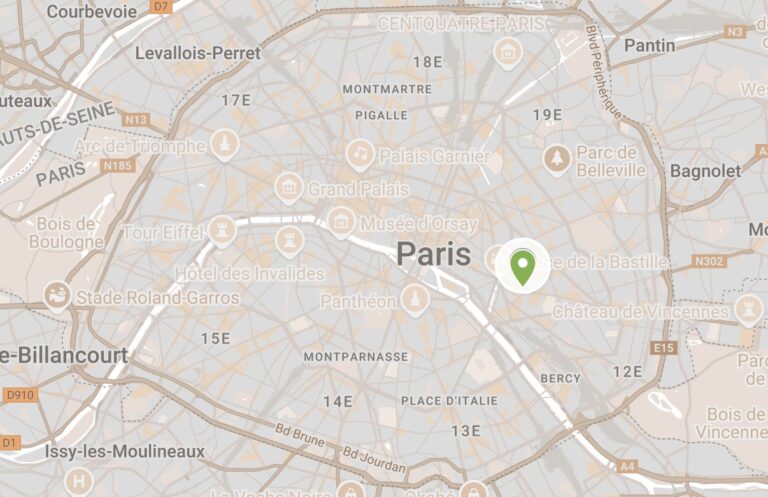
In the heart of the Faubourg Saint-Antoine: Rue du Faubourg Saint Antoine This street runs through the Faubourg Saint-Antoine neighborhood and marks the boundary between the 11th and the 12th arrondissements of Paris.
The word “Faubourg” means that it used to be located outside the city walls. The Faubourg Saint Antoine officially became part of Paris in 1795.
Location
The Faubourg Saint Antoine neighborhood is located on the Right Bank of Paris, partly in the 11th and partly in the 12th a arrondissements of Paris, just a few steps east of Place de la Bastille .
Its main street, Rue du Faubourg Saint Antoine, is one of the oldest street of Paris.

Old courtyards ...in a changing neighborhood

You will enjoy Faubourg Saint Antoine if:
- You love discovering old hidden cobblestone courtyards and passages (cour Damoye, Passage du Bel Air, Cour Lhomme, Passage du Chantier just to name a few)
- You’re curious to discover about one of the areas of Paris that has changed the most over the last couple of decades.
Note that some of these old courtyards can be seen from the streets but many are private and usually only accessible on weekdays.
The courtyards and passages
A few decades ago, many courtyards here housed artisan workshops.
Today, you can still find a few artisan workshops in hidden corners, while others have been converted into housing, shops, cafés or art spaces.
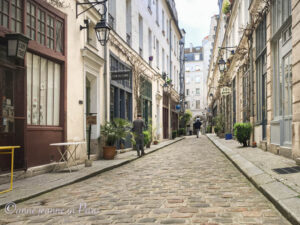
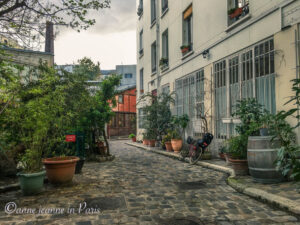
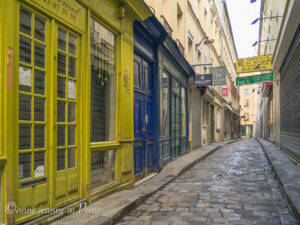
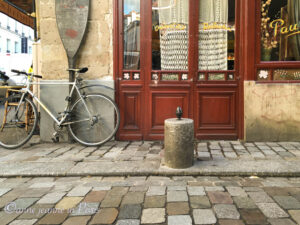
Historically, a neighborhood of craftsmen
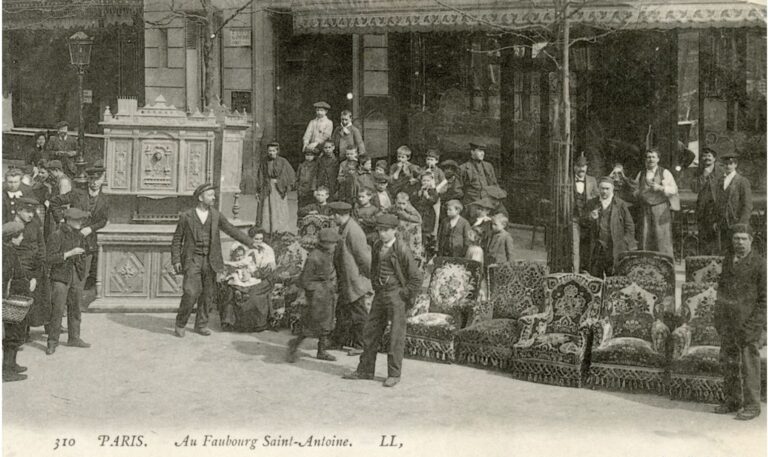
Since the 12th century, Faubourg Saint Antoine has beenthe center of trade and craft.
In the 17th century, cabinet-makers like André Boulle, who supplied the aristocratic palaces and the court of King Louis XIV (1638-1715), worked here.
By the 18th century, the area was home to over 200 workshops : carpenters, upholsterers, chair caners, furniture makers…
Though things have changed, the furniture business continues, and the area has kept its working-class roots.
Today, many residents are involved in the arts, contemporary designers and artists among them.
My recommendations:
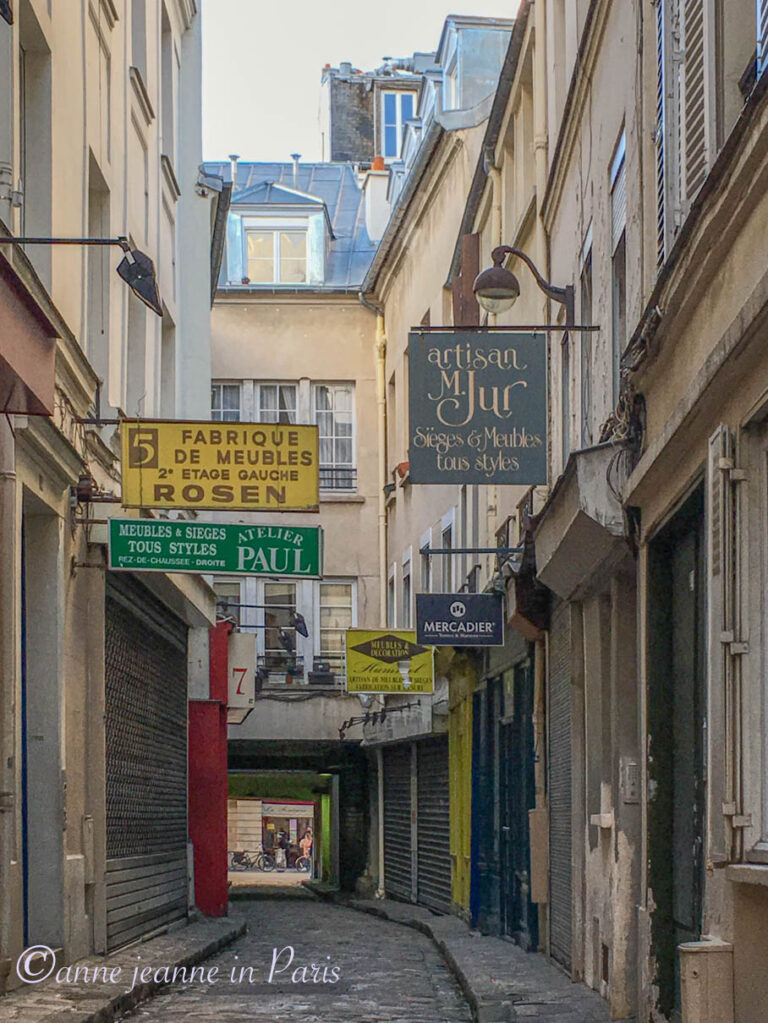
addreses - places to check out
Wandering around Faubourg Saint Antoine is a great way to step off the touristic path!
You might stumble upon unexpected places , and sometimes get a glimpse of what the 19th century may have felt like here.
That said, the neighborhood has changed a lot in recent years. You’ll also come across trendy little shops, especially along Rue de Charonne.
TIPS
- Avoid weekends: more passages and courtyards are closed.
- Some courtyards are private: no guarantee you’ll be able to enter.
- Many paths are cobbled, so walking might be a bit uneven or uncomfortable!
- Cour Damoye and Lhomme passage: some of the most charming cobblestone spots (Cour Damoye starts right at Place de la Bastille)
- Other passages and courtyards : Cour du Bel Air, Passage du Chantier, Passage du Cheval Blanc, and others you might discover with the help of a map !
- Rue de Lappe: Near Place de la Bastille. This street has a lively, youthful vibe, especially in the evenings. Groups often gather outside bars and cafés. Opened in 1652, it has a long history of entertainment. Le Balajo open since 1936, is a Paris nightlife institution.
- Rue de Charonne: a peaceful, pleasant street for strolling, with lovely little shops.
Le Pain Quotidien (24 rue de Charonne): I don’t usually recommend chains, but this one has a calm, cozy setting, great for a meal, a dessert, or just a drink. Vegetarian-friendly. I often stop here when I’m in the area.
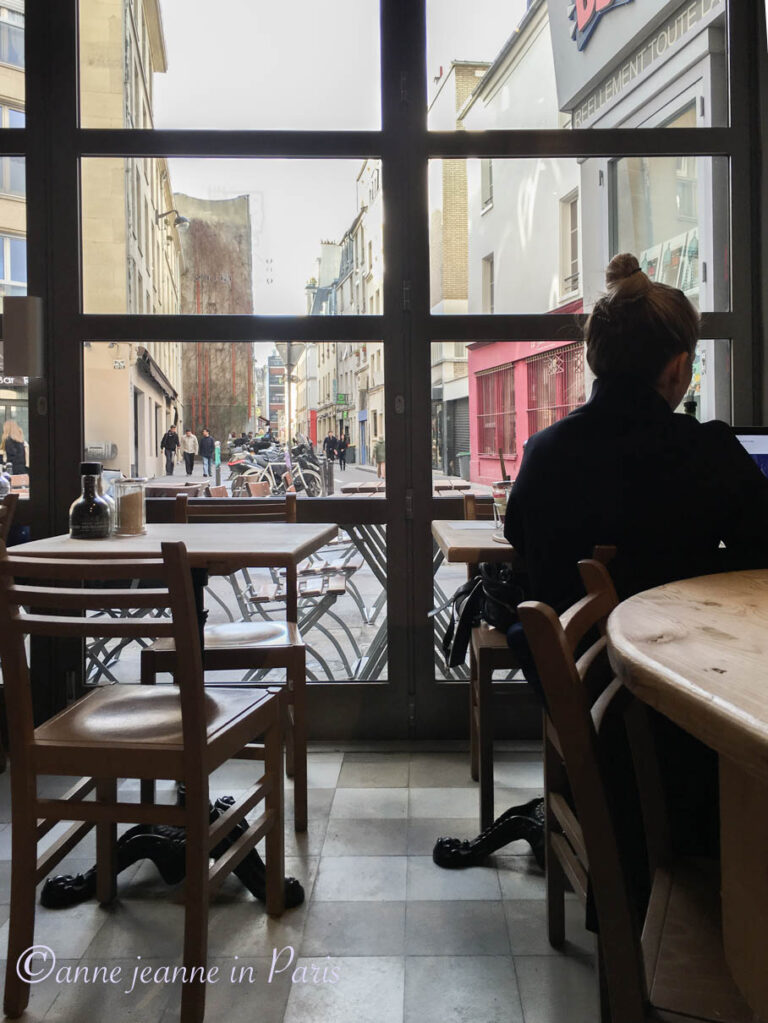
- Le Pain Quotidien (24 rue de Charonne): I don’t usually recommend chains, but this one has a calm, cozy setting, great for a meal, a dessert, or just a drink. Vegetarian-friendly. I often stop here when I’m in the area.
- Marché d’Aligre: If you’re in the area on a weekend (even though as mentioned it’s not the best time for courtyards), the neareby Aligre Market is worth a visit.
(Outdoor and covered market (rue d’Aligre and Place d’Aligre, 12th arrondissement; Saturday 9am-1pm 3.30pm-7.30pm ; Sunday 9am-1pm 9am-1.30pm).
- Coulée verte René Dumont: A bit further east, this elevated garden path runs through the 12th arrondissement, a lovely green walk across the city.
WHO AM I ? my BIO
Discover my SERVICES
My article: “I am not a tour guide I am Parisian (lol)“
More about me? :



